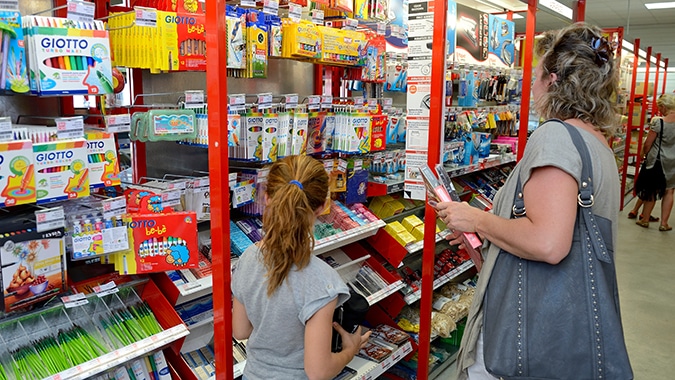The Consumer Price Index data released Wednesday shows the annual inflation rate slowed to 2.5% in August, fueling optimism that the Federal Reserve Board will move to reduce interest rates at its meeting later this month.
The 2.5% all-items index increase for the 12 months ending in August was the smallest since February of 2021, according to the federal government. The so-called “core index,” which excludes more volatile food and energy costs, rose 3.2% for the 12-month period that ended in August, driven mostly by shelter costs that accounted for 70% of that increase.
The stock market fell Wednesday morning after the release of the August CPI data, with traders possibly interpreting stubborn “core inflation” data as a sign that the Federal Reserve will make a smaller-than-hoped-for rate cut at its meeting on Sept. 17-18.
The core inflation index, officially known as the all-items-less-food-and-energy index, shows that the cost of shelter has increased 5.2% over the past year. Other notable increases since August of 2023 include motor vehicle insurance (+16.5%), medical care (+3.0%), recreation (+1.6%) and education (+3.1%).
Energy costs have decreased 4% over the past year. In that same 12-month time span gasoline costs have dropped 10.3%, fuel oil has declined 12.1% and the natural gas index dipped 0.1%. Electricity costs, however, have increased 3.9% over the past year.
New vehicle prices have dropped 1.2% over the past 12 months and the cost of used cars and trucks has declined 10.4% over the same period. Food prices have increased 2.1% over the past year driven mainly by the food-away-from-home index, which rose 4.0% in 12 months.
Viewed on a monthly basis, the all-items index increased 0.2% in August on a seasonally adjusted basis, the same as it did in July. However, the core index excluding food and energy prices rose 0.3% on a monthly basis after rising 0.2% in July and 0.1% in June.
After annual inflation reached 9% in the middle of 2022, the Federal Reserve implemented a series of interest rate hikes in 2022 and 2023 to cool down the economy. Interest rates have been held at a 23-year high since August of 2023, but the Fed signaled at its last meeting in July that it may begin lowering the federal funds target rate later this year.




